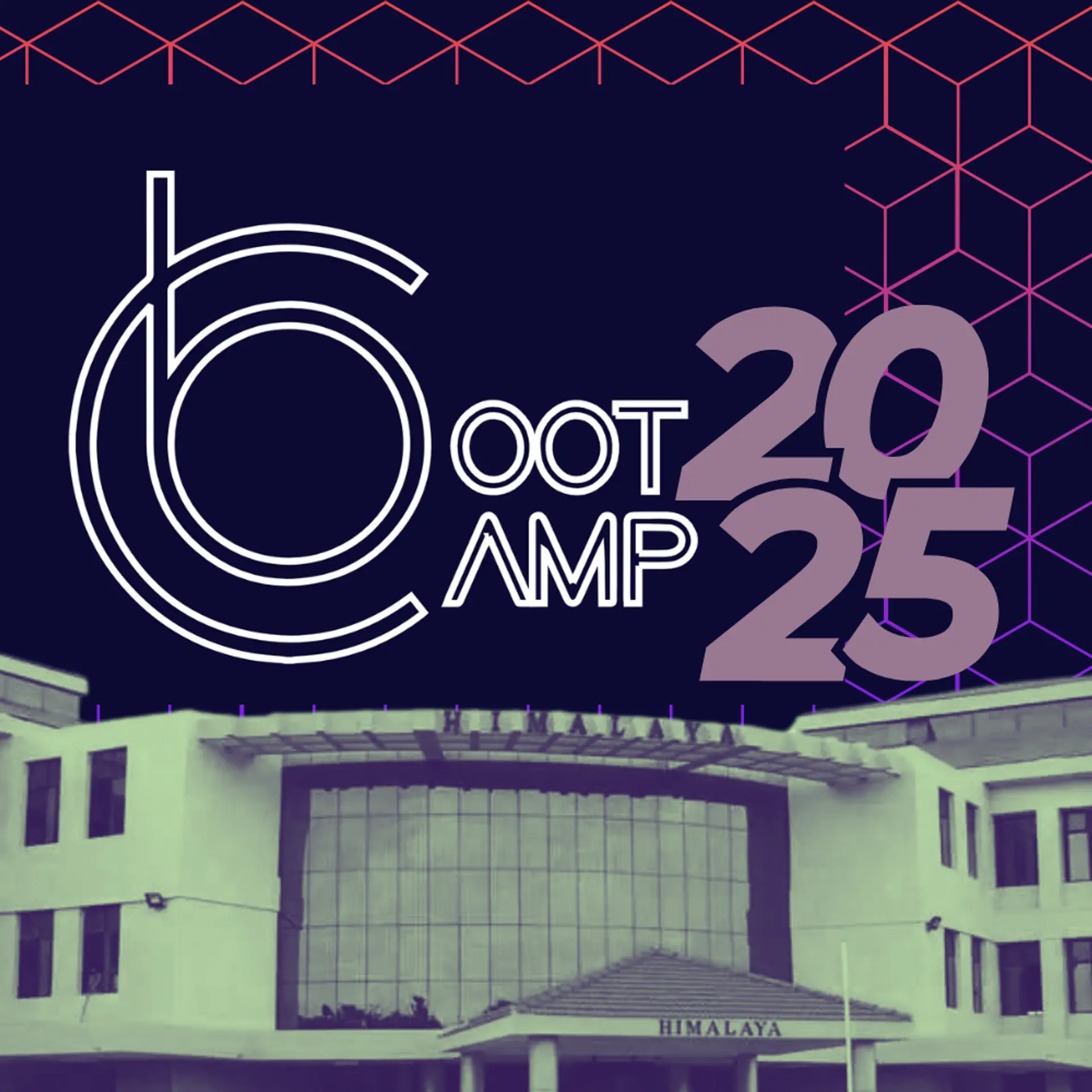Spearheading India to space
AI is set to change the spacetech sector with potential use in the design of rockets and satellites, said Dr S Somanath, Chairman, ISRO, at the 15th edition of TechSparks.
Artificial Intelligence (AI) is set to change the spacetech sector, marking a shift from conventional models to new AI-driven models, said Dr S Somanath, Chairman, ISRO.
“AI is everywhere, why not in space?...Most of our work today is slowly shifting from the conventional approaches to AI-driven models, especially related to satellite imaging, data collection, analytics, etc,” said Dr S Somanath, delivering the keynote at the 15th edition of YourStory’s flagship event, TechSparks.
He added that AI-based solutions are being used for spacetech applications, though use of AI in engineering design is becoming stronger by the day. “We currently use AI for production, quality checks, non-destructive evaluation, etc. Slowly, design-application of AI for rockets and satellite design will happen progressively,” said Dr Somnath.
He added that ISRO was using AI for Launch Vehicle Health Management (LVHM), where an electronic box in the rocket will look at multiple parameters of health of the rocket to determine the chances of failure. LVHM will be used in the next launches, said Somnath.
India’s space vision and making in India
Presenting the country’s overarching vision for 2047, the Chairman of ISRO said that the organisation will continue its manned mission-programme under Gaganyaan, build bigger rockets with higher payload capabilities, explore missions to Moon, Mars, and other planets in a sustained manner.
All of these missions are being powered with available knowledge, skill, and capabilities in the country, said the ISRO chief.
“We do not buy anything from outside of India other than chips and the electronics, while the engineering is done in India,” he added.
ISRO recently announced that the Lunar Polar Mission (LUPEX) will send the Chandrayaan 5 rover to explore the south pole of the moon and will be able to sustain for 100 days with improved capabilities. It is also set to explore Venus with its proposed Venus Orbiter Mission.
In another example of making in India, Somnath said that the Navigation Indian Constellation (NavIC) system, which is likely to replace the GPS system for Indian smartphone users, will use Indian atomic clocks—a high precision part of the system.
“...there were many failures in the past because of certain procured items like atomic clocks, which we had been buying from outside. We found that they were failing regularly and built our own over the last seven years. From now on, all satellites will have our own atomic clocks,” he added.
Creating space for growth
Dr Somanath said that over the years, the reforms in the Indian Space Sector, which began in 2020, have encouraged the growth of economic activity in the sector.
The combination of Indian Space Policy announced in 2023, which allows Foreign Direct Investment (FDI) in the sector, apart from National Geospatial Policy 2022, have helped the sector grow. The creation of specific bodies, including NewSpace India Limited (NSIL)—the commercial arm of ISRO for PSLV production under Indian Industry consortium, and Indian National Space Promotion and Authorisation Centre (IN-SPACe) as a nodal agency for boosting private sector in spacetech, have added to the growth of the sector.
“Startup ecosystem in space has been encouraging—private companies have started building and launching their rockets. Spacecraft building is happening across five to six industries in India, and on application-side also there is significant growth,” said Dr Somanath. He added that all these initiatives will lead to a 15% growth in the space economy by 2047.
The number of space startups in India has gone up from one in 2014 to over 200 startups in 2024. The Government of India also announced a Rs 1,000 crore venture capital (VC) fund in the recent budget to promote innovation and expansion of the sector.
Reimagining success
The ISRO Chairman also said that the organisation is reinventing itself with a greater focus on research and development to keep up with technology innovation.
“Lot of R&D projects are now being taken up by ISRO with the operations and manufacturing moving to the industry. Lot of research is happening now in the sectors of materials, propulsion, chemicals, AI, robotics—some of them are in collaboration with technology organisations and academia,” said Somnath.
ISRO is also transferring the Small Satellite Launch Vehicle (SSLV) technology to the private industry, and is likely to make a final announcement—opening up building and launch of the SSLV rocket—at a cost. The new frontier will involve public-private-partnership (PPP), including co-investors and developers, which will bring in profits, he said.

Edited by Megha Reddy








